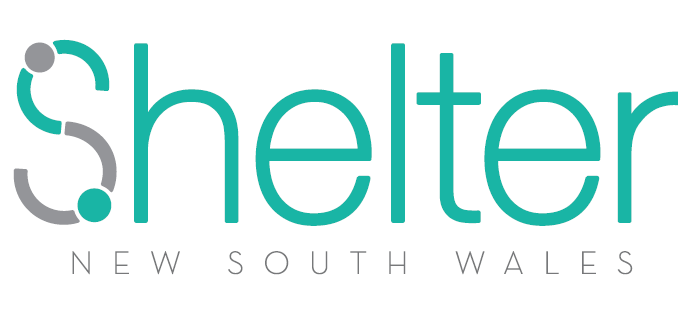Late last month, we were treated to the ABS data release on Estimating Homelessness from the 2021 Census. The key word here is “estimating” homelessness, in that even the ABS acknowledges that the Census likely underestimates the number of people aged 24 or younger who are homeless.

This is quite extraordinary, as one of the largest growth cohorts in NSW for homelessness in the five years to 2021 was in children aged under 12, being (under)estimated at growing from 3,963 to 4,232 kids. Other bleak insights from the latest ABS data release:
- Despite all of the COVID interventions put in place in the early stages of the pandemic to safely accommodate people, there were 35,011 homeless people in NSW by mid-2021.
- Women are the fastest growing cohort of homelessness, accounting for 81.7% of the national growth in homelessness numbers since 2016.
- First Nations people continue to be disproportionately affected by homelessness and marginal housing conditions, with over 2,000 Aboriginal and Torres Strait Islander people living in overcrowded and severely overcrowded dwellings in NSW.
- In the decade to 2021, severe overcrowding in NSW has increased from around 9,000 to just shy of 15,000 people.
- Migrant populations are overrepresented in the Census for severely crowded housing: more than 50% of people living in severely overcrowded housing in NSW were born in countries other than Australia.
Secure, affordable, appropriately designed, and stable housing plays an undervalued role in family and community cohesion. As this newly published and inaugural study into child maltreatment rates in the Medical Journal of Australia suggests – with more than 60% of Australian children likely experiencing some form of abuse or neglect – we cannot solve family and domestic violence without solving housing injustices for low-income households.
